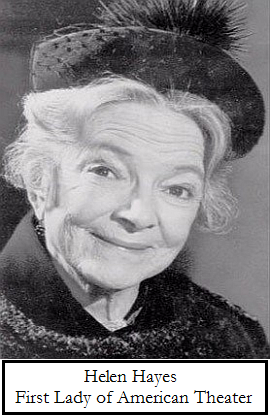Sacred Places
![]()
In those days, the Lord appeared to Abraham by the oaks of Mamre as he sat at the door of his tent in the heat of the day. He lifted up his eyes and looked, and behold, three men stood in front of him. (Genesis 18:1-2)
When the divine appears to a person, that person experiences a theophany. Ancient literature, such as the Illiad, and ancient religious texts, such as the Book of Genesis, describe such experiences, which take a variety of forms but always lead to an important change, event, or revelation. Thus, as the story of Abraham quoted in part above continues, Abraham is told that his wife Sarah will give birth to a son.
The site of the theophany itself may take on new signifance as it marks a place where the sacred and the profane touched, transforming the latter into a place set now apart from the normal. For example, near modern-day Hebron, the Oak of Mamre, reportedly 50 centuries old, stands at the site said to be where Abraham welcomed three visitors from Heaven.
Such sites attract pilgrims, many of whom journey with specific intentions, such as hope for healing for themselves or a loved one. Often, these sites become the focus of a group of believers, and then a larger community that may include residents whose motives are primarily related to just making a living. Not everyone can live a life solely devoted to prayer or contemplation. Someone has to do the laundry and grow the food, and the larger the community around or near a sacred site, the more varied the motives of people in the community become. The city of Jerusalem is perhaps the most famous example of a community with a complex, rich history that attracts pilgrims year-round.
The inclusion of sacred pilgrimage sites is a good way to inject some verisimilitude into a campaign. Even in our postmodern age, where what appears to be a distressingly large number of people think that divine favor or good fortune can be curried by liking and/or sharing pictures on Facebook, the attraction exerted by sacred places ought not be too difficult to understand. Wars are still fought over holy places, and people still shed blood in the streets in defense of ideals that, while not necessarily religious, are clung to with religious fervor.
The potential for conflict, and the resulting adventure, grows when a site’s significance acquires various interpretations that conflict with each other, as when the persecution of Christians and destruction of Christian holy places in Jerusalem by the caliph of Egypt helped motivate Christendom into the First Crusade. Translate the events of the First Crusade into a swords-and-sorcery campaign and a GM at least has a dynamic backdrop against which his players’ characters adventure.
To this backdrop, add sacred places that ought to be important to the party’s religiously motivated members. What does the party’s cleric of Olidammara do when the local ruling hierarchy of Wastri decides to suppress all music that does not sing the praises of the Hopping Prophet? What happens when the faithful of Merikka take action against the planting rites of Sheela Peryroyl right under the nose of an adventuring cleric of Yondalla?
And, of course, don’t neglect putting some thought into specific game effects or events attached to the site of a theophany.
Six Things That Might Happen at a Sacred Site
1: A cleric of suitable alignment or faith receives an extra first level spell for the day.
2: A character of suitable alignment or faith is cured of an illness or freed from a curse.
3: Someone sleeping at the site receives a prophetic dream.
4: A pilgrim who possesses useful information or skills may help the party.
5: A divine messenger, probably in disguise, requests the party’s help.
6: A gang with reason to dislike what the site represents shows up to cause trouble.

 One of the elements of an effective horror story is a sympathetic protagonist. The person beleaguered by the Forces of Evil needs to be a sort of person that the audience wants to prevail. For example of what I’m not talking about, consider the foul-mouthed crybabies in
One of the elements of an effective horror story is a sympathetic protagonist. The person beleaguered by the Forces of Evil needs to be a sort of person that the audience wants to prevail. For example of what I’m not talking about, consider the foul-mouthed crybabies in  In preparation for Tiamat’s Throne, I’ve been doing research into science fiction. Most recently, this has meant watching
In preparation for Tiamat’s Throne, I’ve been doing research into science fiction. Most recently, this has meant watching  Well, Texicon 2012 is almost here. Giant Boy and I are heading up to the Dallas/Fort Worth area this Friday. At the convention, I’m running Dyson Logos’s
Well, Texicon 2012 is almost here. Giant Boy and I are heading up to the Dallas/Fort Worth area this Friday. At the convention, I’m running Dyson Logos’s 